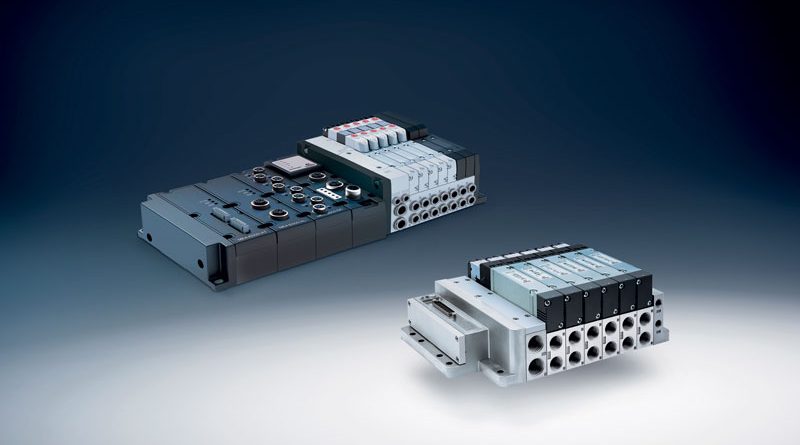Integrated technologies for complete packaging lines
Camozzi meets the needs of the packaging industry in every stage of the production chain: process and primary packaging, secondary packaging and tertiary packaging. The know-how developed in the field of automation components and the ability to combine different technologies for motion and fluid control provide its customers with a competitive advantage.
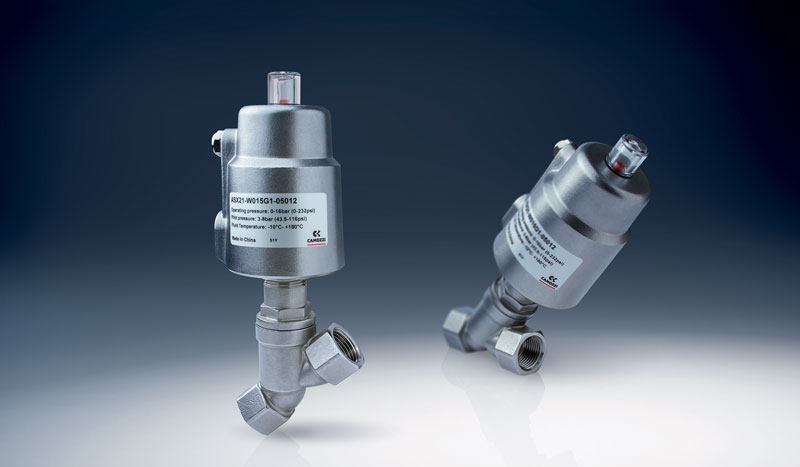
The packaging machinery sector is one of the industries where automation is most widespread. Packaging and packaging lines have some common characteristics across all sectors, whether it be chemical, pharmaceutical, personal care or food products. As well as playing a key role throughout the production chain, from storage to transport to consumption, packaging is also a valuable marketing tool, used to attract customer’s attention and differentiate the product from the competition. Packaging machines play a vital role in ensuring the effectiveness and efficiency of the packaging process and in enabling manufacturers to gain a competitive advantage. Automation, therefore, must adapt to the peculiarities of each production stage, on the one hand decreasing the risk of contamination and on the other increasing the productivity, flexibility, reliability and precision of packaging machines. The packaging industry requires high-tech solutions and flexible, efficient and customised machines. This implies that there is no single technological solution that meets all the applications of this vast sector.
The experience and know-how developed in the field of automation components and the ability to combine different technologies for motion and fluid control, with the aim of designing the best solution in terms of efficiency and effectiveness, enable Camozzi Automation customers to gain a competitive advantage.
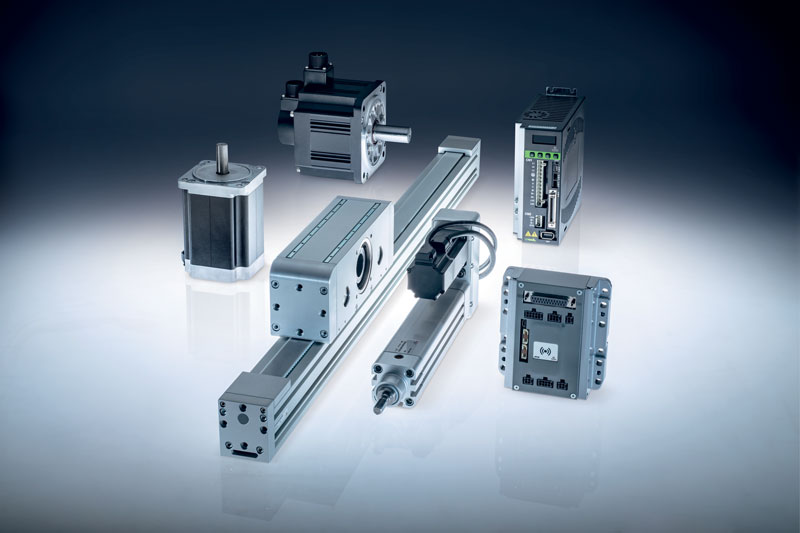
Targeted solutions for every stage of the production chain
Packaging industry production chains can be divided mainly into three stages. The first process and primary packaging stage is the most delicate one, as direct contact with the product (be it food, pharmaceuticals or cosmetics) requires solutions that cannot be contaminated. Reliability and flexibility are also essential, so that different products can be processed without reducing the total plant efficiency (OEE). Steel components are often used in this stage, such as Series 90, 94 and 95 cylinders, Series X6000 fittings or Series ASX angle seat valves (See figure 2). The second stage is secondary packaging, where the wrapper is not in direct contact with the product, but wraps or boxes one or more primary containers. Following this, the packaging is sealed, labelled, and then forwarded to the next step of the process. Secondary processing requires very high throughput rates, so reliable, efficient and robust components are essential.
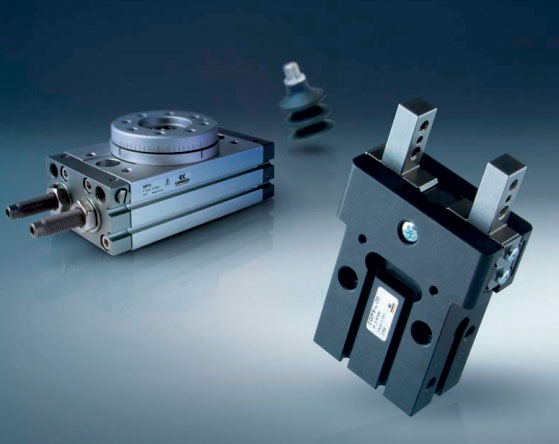
A large part of Camozzi Automation’s production programme meets these requirements, starting with more traditional solutions such as ISO and miniaturised pneumatic cylinders, to more advanced solutions such as valve islands equipped with Ethernet and Coilvision™ technology (figure 1). The third and final stage is tertiary packaging, in which several containers (primary and/or secondary) are packed together to secure and facilitate handling and all downstream logistics operations. This is where large wrappers, palletisers, labellers and cartoners come into play; these machines work with lower dynamics but higher loads, and therefore require robust and energy-efficient components. In tertiary packaging, electromechanical technologies (figure 3), which were less common in the previous phases, and handling systems (figure 4), either grippers or vacuum components, are also often used.
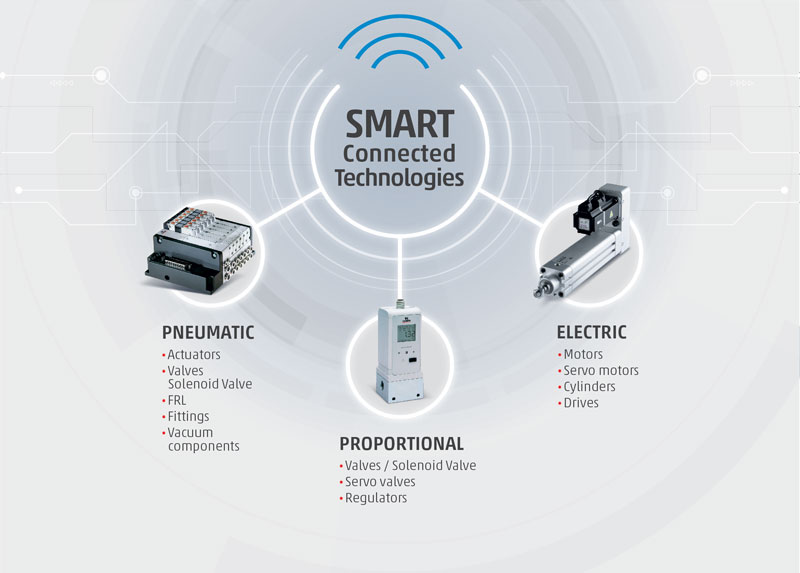
The ability to integrate different technologies as added value
Each application along a production line has different requirements that can be met through the use of pneumatic or electromechanical technologies, or the integration of the two. Pneumatic technology is extremely popular in packaging machines as it guarantees compactness, lightness and ease of cleaning compared to other automation systems. Electromechanical actuation is complementary: it allows precise and accurate control of position, speed and axis acceleration.
Camozzi offers both technologies, with a third in the middle – proportional pneumatics (figure 5). The competitive advantage Camozzi provides its customers with is precisely its ability to offer different technologies and to integrate them, when necessary, optimising the individual movements and performance required within an industrial application.
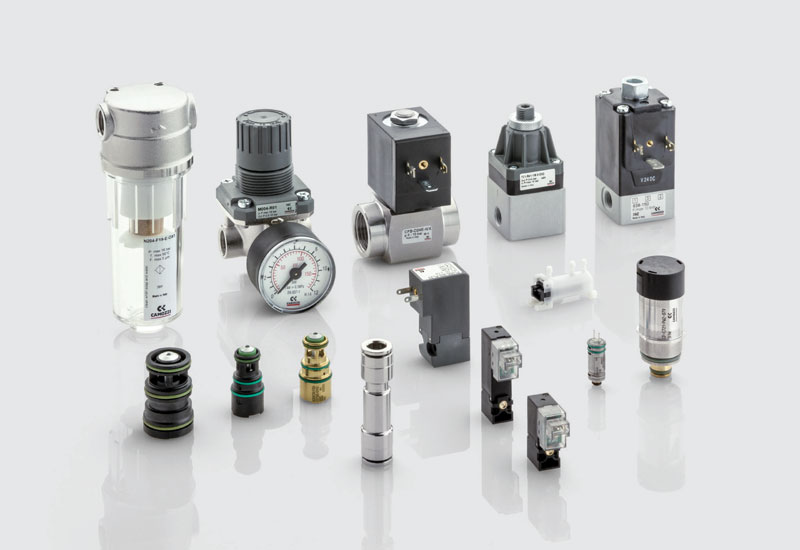
Figure 6. The range of fluid control components. 
Figura 7. Camozzi also offers customized solutions.
Solutions for motion and fluid control
In packaging systems and machines, motion control and fluid control solutions often coexist. Especially in the primary process, components are required that reliably and safely control gases and liquids of various kinds, from air, water and other food liquids to flammable, oxidising or harmful substances.
Camozzi solutions for the control of liquid and gaseous fluids are characterised by a modern and functional design and ensure high and consistent performance in any application area. The wide range of products includes valves and solenoid valves, proportional pressure and flow control valves, regulators and fittings (figure 6). Camozzi Automation works in synergy with its customers to optimise their machine production process. With the aim of helping its partners improve time to market, efficiency and machine reliability, the company offers a wide range of customised solutions (figure 7). Components and special solutions may include the engineering of new products or the design of complex systems capable of increasing productivity and reducing assembly and setup times of automatic machines.

